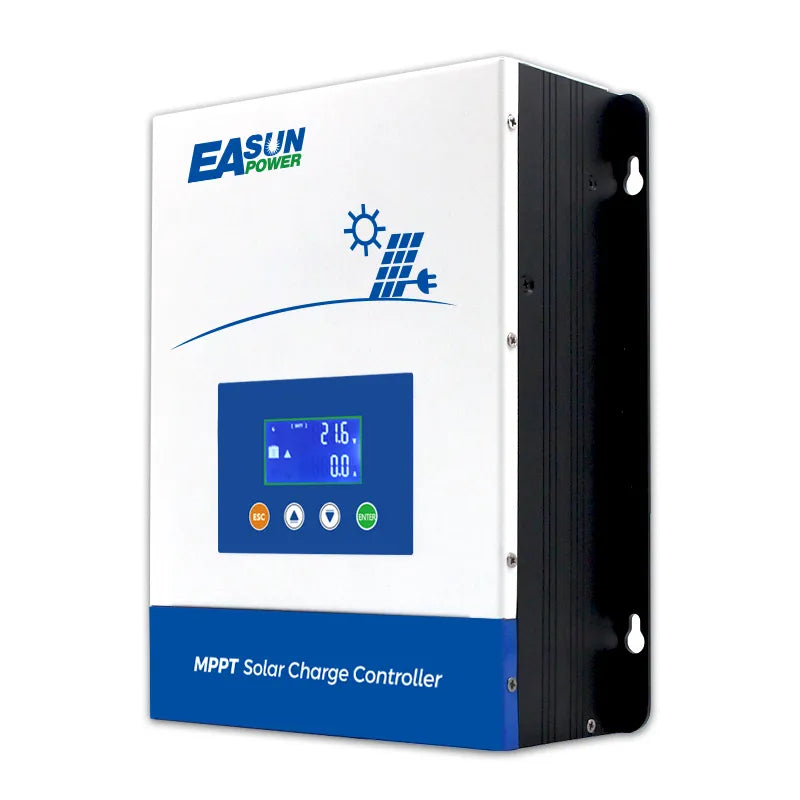In the realm of solar energy, selecting the right technology for optimizing solar charging is crucial. Two primary types of solar charge controllers are widely used: PWM (Pulse Width Modulation) and MPPT (Maximum Power Point Tracking). Understanding the differences between these technologies can significantly impact the efficiency of your solar energy system.

What is PWM Technology?
PWM technology is a straightforward and cost-effective method for charging batteries. It works by rapidly switching the solar panel's output on and off, effectively controlling the voltage and current flowing to the battery. This method is particularly effective for smaller solar systems where the energy output is relatively low.
- Cost-Effective: PWM controllers are generally less expensive than MPPT controllers.
- Simplicity: They are easier to install and operate, making them suitable for beginners.
- Efficiency: While they are efficient for small systems, they may not maximize energy harvest in larger setups.
Understanding MPPT Technology
MPPT technology, on the other hand, is designed to optimize the energy output from solar panels. It continuously adjusts the electrical operating point of the modules, ensuring that the maximum power is extracted from the solar panels. This technology is particularly beneficial in larger solar systems where efficiency is paramount.
- Higher Efficiency: MPPT controllers can increase energy harvest by up to 30% compared to PWM controllers.
- Adaptability: They can work effectively in varying environmental conditions, adjusting to changes in sunlight and temperature.
- Cost: While more expensive, the increased efficiency often justifies the initial investment.
Optimizing Solar Charging: How to Choose Between PWM and MPPT
When it comes to optimizing solar charging: how to choose between PWM and MPPT, several factors should be considered:
- System Size: For smaller systems (under 400 watts), PWM may suffice. For larger systems, MPPT is often the better choice.
- Budget: If cost is a primary concern, PWM controllers are more affordable. However, consider the long-term savings of MPPT.
- Efficiency Needs: If maximizing energy output is crucial, MPPT is the way to go.
Conclusion
In conclusion, understanding the differences between PWM and MPPT technologies is essential for anyone looking to optimize their solar charging system. By evaluating your specific needs and circumstances, you can make an informed decision that enhances the efficiency of your solar energy setup. For a more detailed comparison, you can visit this resource.







